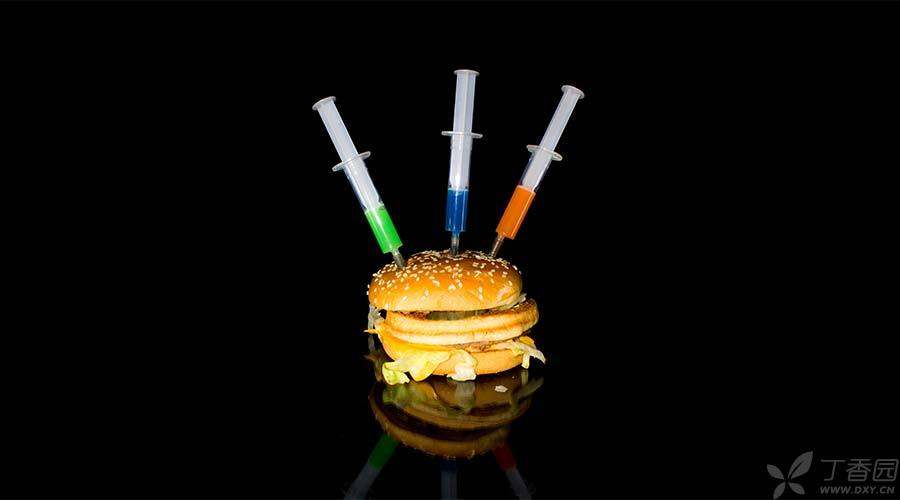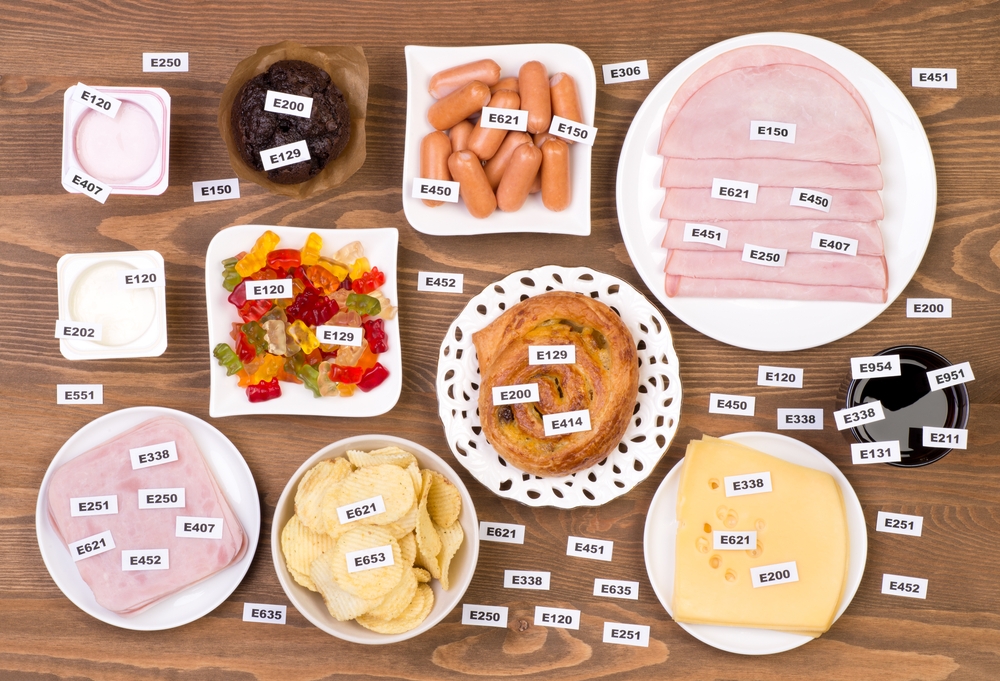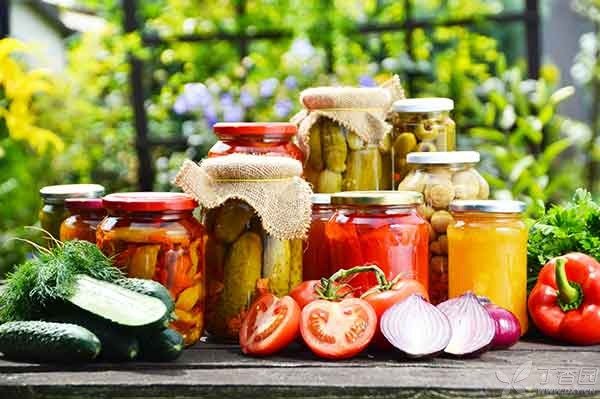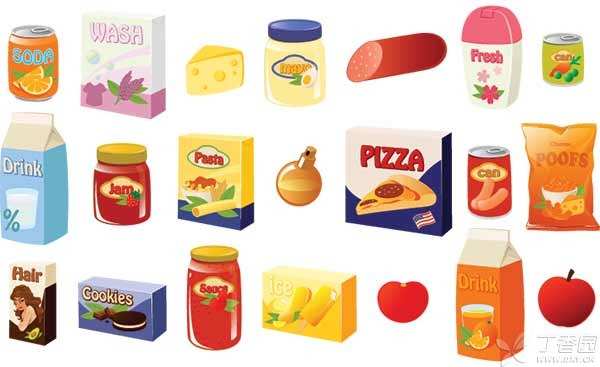
People in the food industry often say such a saying: [Food additives are the soul of the food industry.]
However, rumors about food additives are always popping up to stimulate the sensitive nerves of the public, making consumers virtually worried about the safety of food additives.
Is food additive an angel or a devil?
Is food with food additives unsafe?
Myth 1: [No Preservatives] [Zero Additives] Is Food Safer?
Generally speaking, consumers think that [preservative-free] [zero addition] is safer, and businesses also aim at this point, using such descriptions to cater to consumers’ psychology and at the same time selling at a good price.
In fact, preservatives are mainly used to prevent food from spoiling, otherwise some food will be spoiled before it leaves the factory and may even produce toxins.
There are also some foods that do not need preservatives at all, because they have natural environments that are not suitable for microbial growth: honey (high sugar), instant noodle cakes (dry), pickled foods (high salt), etc.
Therefore, the claim that these foods [contain no preservatives] is entirely a marketing strategy.
As for [zero addition], it is even more unreliable. Foods that do not use food additives at all are almost impossible to find in the modern food industry environment.
Myth 2: Is it safe to use multiple food additives for a food?
Food additives are the cost for enterprises, and the research and development departments of major food enterprises are trying their best to find the most reasonable formula, which can not only meet the needs of technology, meet the taste needs of consumers, but also control the cost. Compound of various ingredients can achieve the effect of 1 + 1 > 2 and reduce the total amount of additives.
Just imagine, on the premise of achieving the same technological purpose, is the enterprise willing to add more costs or add as little control costs as possible?

For ourselves, the safety of food additives ultimately depends on how much we eat, but it is not necessarily related to the number of varieties used. The safety of food additives should be subject to scientific inspection, that is, [risk assessment]. As long as it meets the requirements of the standard, the safety of food additives is guaranteed.
We usually first obtain the dose that does not have any adverse effects through animal experiments, then divide it by the protection coefficient (generally 100 times) as the dose that is safe to human body, and formulate the limit standard based on this.
This has already taken into account the situation of lifelong, daily and large intake. Therefore, food additives used according to the standard are difficult to threaten your health unless they are [in large quantities] to [eat food additives as food], not to mention the premise of so-called [long-term large quantities] does not exist at all.
The abuse of food additives is usually far from the amount of health hazards. After all, we cannot eat food exceeding the standard for life and every day.
Myth 3: Is pure natural food additive safer than chemically synthesized food additive?
Whether natural or synthetic food additives, their safety should be judged by [risk assessment] method.
As long as it passes the risk assessment, is approved and is used according to the specifications, its safety is not superior to that of others.

Why are the regulations on food additives at home and abroad inconsistent?
Question 1: Are there more varieties of food additives in China than in foreign countries?
There are relatively few varieties of food additives in China, about 2,000 kinds (including thousands of flavors and spices), about 4,000 kinds (excluding flavors and spices) in the United States, and more varieties in Japan than ours.
There is an unwritten rule that almost all food additives approved for use in China can find precedents in at least two developed countries.
In fact, it is of little significance to compare the varieties of food additives in various countries. It is only a management trade-off made by various countries according to their own conditions, and there is no difference in safety.
Question 2: Why can some foreign banned food additives be used in China?
It is often reported that [XX additive is forbidden to be used in the EU, but it is still used in China], and some reports will say that [the limit in foreign countries is XX, while the limit in China is higher than that in foreign countries].
In fact, no matter which country, no matter what kind of food additive, the prerequisite for approval is to go through scientific risk assessment and believe that it will not cause harm to human body.
However, each country may have different treatment methods for the same additive based on management choices. Food additives banned in foreign countries can be used in China, while a large number of food additives banned in China can be used abroad.
Some food additives are unique to our country and are only allowed to be used within our country. There are also some food additives whose limits in China are stricter than those in international organizations or developed countries. For example, the limit for using potassium sorbate (preservative) in jelly in China is 0.5 g per kilogram, while the limit in the EU is 1 g per kilogram.
There are also some food additives that are allowed to be used by international standards or developed countries, but not approved by China. The most obvious example is the monthly list of imported substandard foods published by the General Administration of Quality Supervision, Inspection and Quarantine, in which a large number of cases have been returned or destroyed for violating China’s food additive standards.
Therefore, the standard cannot be judged simply by comparing who uses it, who does not use it, or the level of individual indicators.
Is food additive necessary?
Many people feel strange, why do you want to set so many complicated standards for food additives, don’t you have to?
Food additives have important technological functions. With them, there are now rich and colorful foods. It is not completely impossible not to use additives. Let’s try it out:
- Antioxidants should be added to edible oil, No, of course, Only the shelf life should be greatly shortened, You are also more likely to eat hala oil. Add emulsifiers, thickeners, No, of course, but the taste can only be as hard as popsicles. Nitrogen in bagged potato chips is also a food additive, of course, you can not add it, but don’t be sad if all the potato chips you buy are crushed. Salt should be added with anti-caking agent, of course, it is OK not to add it, but salt is easy to be affected with damp and agglomerate.

Does abuse of food additives and illegal addition cause harm to human body?
The media and consumers find it difficult to accept the statement that “exceeding the standard does not necessarily cause harm, and illegal addition does not necessarily cause harm”.
There are two reasons:
- First, because enough space has been left when the standards are formulated, it is difficult to cause actual harm if the standards are occasionally exceeded. Second, the purpose of [not necessarily causing harm] is only to tell consumers not to worry too much, not to say that excessive behaviors can be tolerated, nor to let consumers eat excessive foods.
What needs to be emphasized is that no matter the abuse of food additives or the illegal addition of food additives is illegal, no matter whether it causes health hazards or not, corresponding punishment measures should be taken decisively.
Editor: Zhang Qing
Author: Kai Zhong
